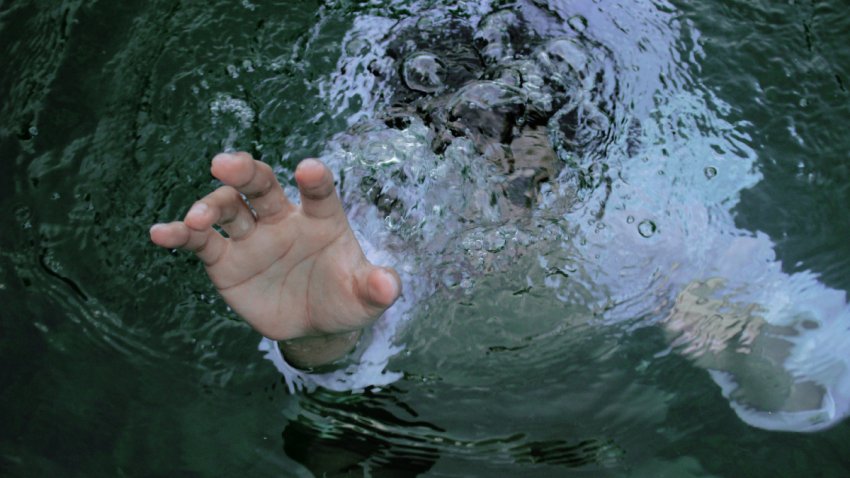With the arrival of summer and as temperatures rise, trips to the beach and gatherings at lakes and pools become activities that can end in tragedy. According to official figures from the California government, each year around 50 children die from drowning.
Each year in the United States, there are about 3,960 fatal unintentional drownings, including boating-related drownings, that’s an average of 11 drowning deaths per day. Additionally, an average of 8,080 non-fatal drownings are reported, that’s an average of 22 non-fatal drownings per day.
Children ages 1 to 4 have the highest rates of drowning. Most drownings for children this age occur in swimming pools, according to the CDC. Fatal drowning is the second leading cause of unintentional injury death in children ages 1 to 14.
Also, nearly 80% of people who die from drowning are men.
Many factors can contribute to higher drowning rates among men, including increased exposure to water, high-risk behaviors, and alcohol use.
Before performing cardiopulmonary resuscitation maneuvers, it is important to follow the following steps:
1.
Check the scene for safety, make an initial impression and wear personal protective equipment (PPE)
2.
If the person appears unconscious, check for responsiveness, breathing, life-threatening bleeding, or other life-threatening conditions.
3.
If the person is unresponsive and not breathing or just gasping, immediately call 9-1-1.
4.
Place the person on their back on a firm, flat surface.
5.
Give 30 chest compressions.
The position of the hands : Two hands centered on the chest.
Body Position : Shoulders directly over hands; locked elbows.
Depth : At least 2 inches.
Perform 100 to 120 per minute.
It is important to allow the chest to return to its normal position after each compression.
6.
Give 2 mouth-to-mouth breaths.
Open the airway to an anterior neutral position using the head tilt/chin lift technique.
Make sure each breath lasts about 1 second and makes your chest rise; it is important to allow the air to escape before giving the next breath.
Note: If the first breath does not cause the chest to rise, tilt your head back and make sure you seal properly before giving the second breath.
If the second breath does not cause the chest to rise, an object may be blocking the airway.
7.
Continue giving sets of 30 chest compressions and 2 breaths.
*This guide is provided by the American Red Cross.

